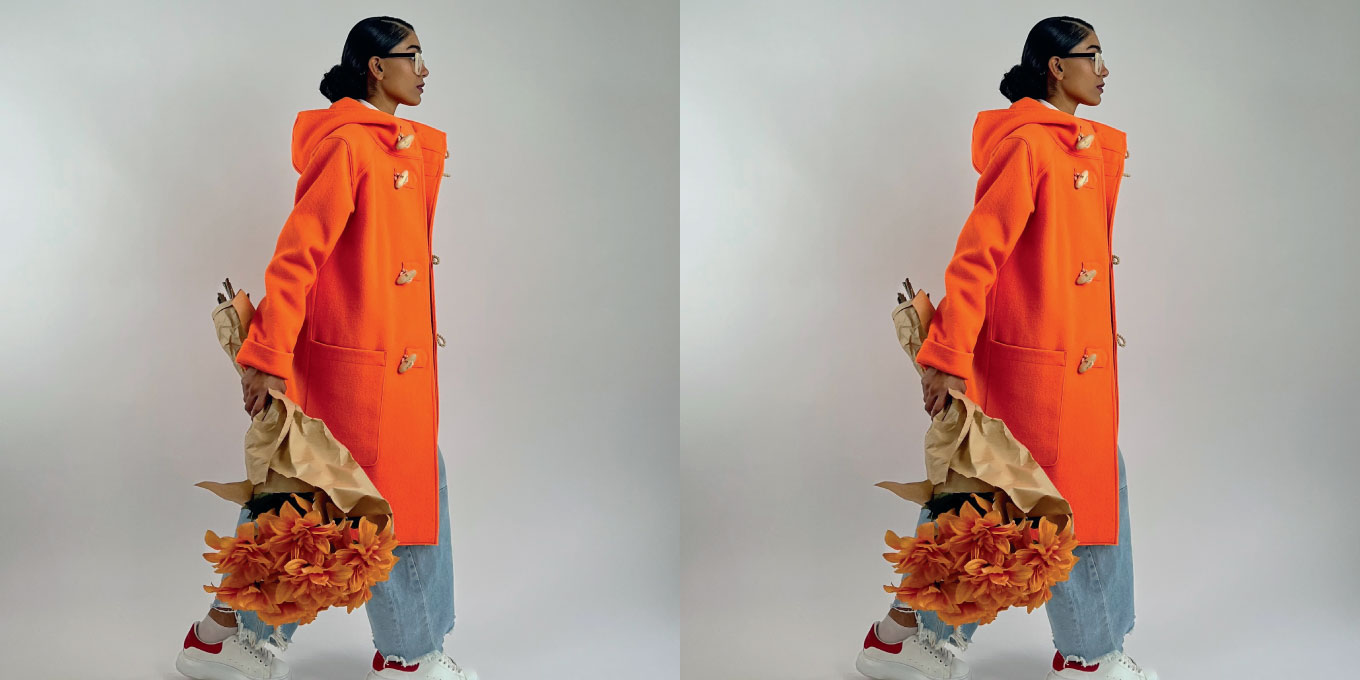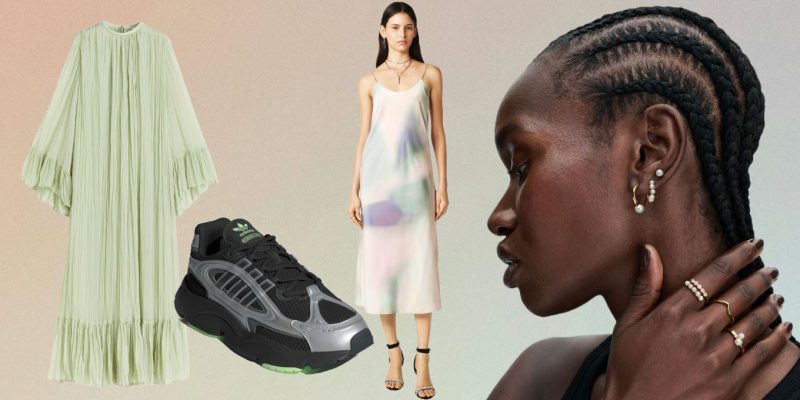Shopping
SteMargScot Is Bringing Colour—and Warmth—to Our Canadian Winters
With nods to heritage styles, the coats are meant to be heirlooms for generations to come

PHOTOGRAPHY, ANGELA LIN AND STYLIST, MEI YONEKURA (CAMPAIGN); PHOTOGRAPHY, COURTESY OF STEMARGSCOT (S. JARDINE)
Read Next

Beauty
The Best Met Gala Beauty Looks Of All Time
From Taylor Swift's 'Bleachella' era to Rihanna's iconic 2011 braids, meet the best beauty moments in Met Gala history.

Culture
Benny Blanco Says He Fell in Love With Selena Gomez Without ‘Even Noticing’ It
Allow Benny Blanco to tell the straight-from-a-rom-com story of how he realized his feelings for his girlfriend and longtime friend.

Culture
This University Elevates Women to New Professional Heights
You shouldn’t have to pause your life to move forward in your career.




